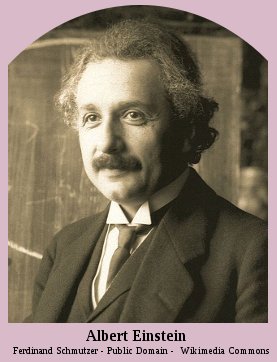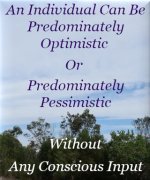Seeking The Absolute Truth
About The Universe
Part 7 - Part 6
Scientific Battle Royal
Closely related to Human Evolution is the Evolution of the Universe. Here we take a look at what we believe to be the Absolute Truth in possibly the most intense encounter the scientific community has experienced.
As an example of establishing a Sound Foundation, on which to build an accurate Knowledge Base, the quarrel between the Steady State Universe and the Big Bang model, is elucidating.
The prevailing view before these two upstart paradigms was the Belief in a static, eternal, no beginning, no end Cosmos.
We also get a glimpse of the Mindset of the Truth Seeker.
Prevailing View
Theoretical Physicist, Albert Einstein, (1879 -1955) published a Scientific Paper in 1917 entitled - Cosmological Considerations On The General Theory Of Relativity.
Applying Einstein's expanded Theory of General Relativity
to the entire Universe pretty much kick started the disciplines of
Cosmology and Cosmogony. The two Sciences dealing with the Origin and Evolution of the Cosmos. The Metaphysical and Physical. Providing credence to, or demolishing, what up to that point in time remained the realm of Philosophical speculation.
At this point in time, almost all Scientists believed the Milky Way composed the entire Cosmos. Edwin Hubble was an outstanding exception.
Einstein's original reasoning for his paper was an effort to fathom the actual size of the Universe, and just how much Matter it contained.
Albert was all Theoretical Physicist. The Absolute Truth mattered to him. But it took a little time and evidence, to sink in.
Theoretical physicists seldom engage in, or embark on experiments.
Theoretical Physicists rely on their laboratory equipped colleagues to prove, or disprove, hypotheses for them. And keep them informed of the state of the art of Reality. Theoretical Physicists pioneer path ways for Empirical research into this Reality.
The prevailing and accepted view of Nature's Reality, for Centuries, and that held by Einstein himself, and his contemporaries, was of a static, stable, eternal Universe.
Cosmological Constant
The problem presented by a static model, in light of General Relativity is that Gravity would cause the Universe to eventually contract and collapse in upon itself. Creating a Big Crunch.
This determination disturbed Einstein. His belief in a static Universe, combined with pressure from the Establishment, refused to allow him to accept such a pointless fate.
To accommodate the Establishment viewpoint of an unchanging Universe, Einstein introduced what he termed the Cosmological Constant.
The Cosmological Constant was an arbitrary number Albert employed to describe Anti Gravity influence that increased in proportion to the distance between Astronomical Bodies. In effect countering and balancing the gravitational attraction of Matter on a Cosmic Scale, that would otherwise imminently contract to the size of Georges Lemaître's Primeval Atom.
Thus permitting the Universe to remain stable.
Albert Einstein's Cosmological Constant modification dovetailed with known facts at the time and satisfied the consensus of the Establishment. Which even today does not show adequate interest in the Absolute Truth.
Not All Scientists Agreed With Albert's Cosmological Constant
The first inklings that the Universe may not be static and eternal came from two sources. Dutch Astronomer Willem de Sitter. (1872-1934) And Russian Mathematician and Scientist Alexander Friedmann. (1888-1925)
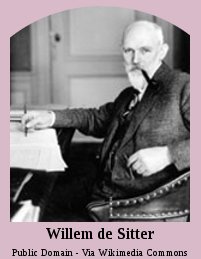
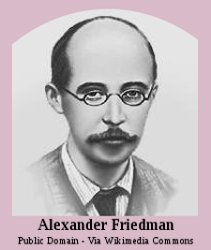
These two Deep Thinkers, seeking the Absolute Truth, independently produced
presentations - in Friedmann's case several versions - grounded on Einstein's
1917 General Relativity paper but excluding the Cosmological Constant.
The Friedmann and de Sitter presentations indicated that the Universe was not only capable of change, but was actually in the process of change, and in fact could be expanding.
An expanding Universe was a proposition Einstein and others believed to be mere conjecture. Friedmann and de Sitter's thoughtful results flew in the face of the established Belief among astronomers that the Universe was static and stable.
Creating All Matter
Within the blossoming fraternity of Cosmology, the Friedmann and de Sitter expanding Universe hypotheses were greeted with coolness and aloofness. Attitudes typical of a lack of comprehension.
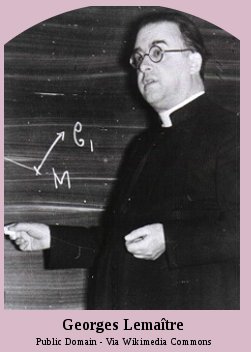
These hypotheses Lay dormant for a number of years until retrieved by Theoretical Cosmologist and Priest, Belgian Georges Lemaître (1894-1966) in 1927.
Lemaître, one more Absolute Truth seeker, proposed, unequivocally, that the Universe was expanding. And if he were correct, then the Universe must have been smaller in the past.
Guiding this thread of Thinking to a logical conclusion Lemaître presented his 'Primeval Atom' hypothesis on which, exploding violently, created all Matter.
Georges Lemaître's thread of Thought also suggested the Universe was indeed eternal. In the sense that it would repeatedly expand and contract.
Although based in sound known physics of the period, this modelling of the fate of the Universe also was rejected by Einstein and the Establishment in general. In favor of a Static Eternal Universe.
Current View
The current Establishment view is that the expansion of the Cosmos is
actually increasing and it's fate is to eventually disintegrate, by
pulling itself apart. Time will revel the Truth.
Desire For The Absolute Truth Stimulates Other Great Minds
Without observable proof of a changing Cosmos, Absolute Truth proving to be elusive, the Eternal Stable Universe viewpoint, was to remain accepted, and dominant, for thirteen years from the release of Einstein's paper on Cosmology.
But in heartwarming Scientific Fashion, Albert Einstein had stimulated other
Great Minds and proof of Georges Lemaître's hypothesis was in the wings.
The Absolute Truth Rocks!
Part 7 - Part 6
Next - Absolute Truth Permits Intelligent Minds To Change
